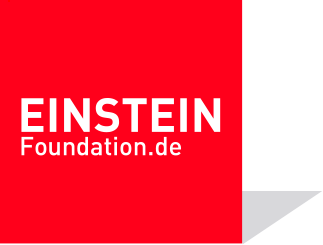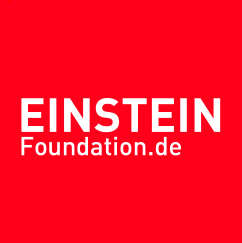Gitta Kutyniok is Professor of Applied Functional Analysis at Technische Universität Berlin. The work of the mathematician ranges from basic research to areas with concrete applications - for example signal and image processing. Gitta Kutyniok has worked at top American universities such as Princeton and Stanford. In Berlin, she is strengthening the excellent mathematical research of the Berlin Mathematical School and the DFG Research Center MATHEON.
- Fellows & Projects
- Einstein Professors
- Gitta Kutyniok



![[Bitte in "Englisch" übersetzen:] [Bitte in "Englisch" übersetzen:]](/fileadmin/_processed_/0/d/csm_meeting-einstein-gitta_871aaf0cbe.jpg)
![[Bitte in "Englisch" übersetzen:] [Bitte in "Englisch" übersetzen:]](/fileadmin/_processed_/a/3/csm_csm_Stellenausschreibung_01_29c54b84a3_0e3f690156.jpg)